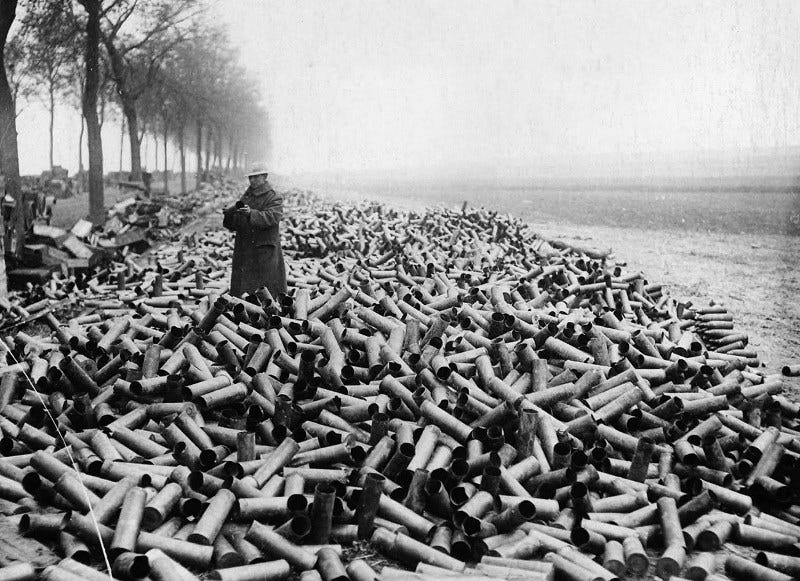Arming Ukraine, Deterring China, and the Enduring Dilemma of Ammunition Supply
Can humans invent their way out of this trap?
Running out of ammo sucks. “I need ammunition, not a ride,” President Volodymyr Zelenskyy reportedly told American officials when they offered to evacuate him from Kyiv. His wisdom cannot be discounted. To fight a war, let alone win, requires far more ammunition of all types than combatants …
Keep reading with a 7-day free trial
Subscribe to Polemology Positions to keep reading this post and get 7 days of free access to the full post archives.


